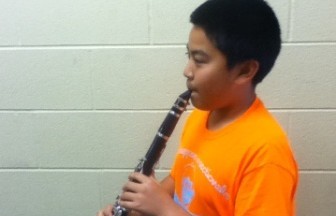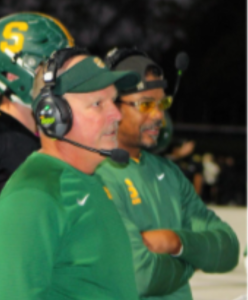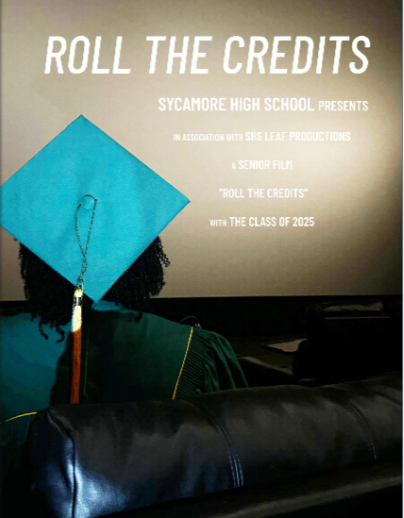‘Kicking brass, taking names’ in marching band

Xiang plays the clarinet. Xiang had never marched until this year. He has played the clarinet for eight years.
October 16, 2014
Sweat trickles down your left check. Your legs swing precisely in time. Your lungs are practically screaming at you to inhale, but you continue to exhale, to keep your upper body motionless, and to dance your fingers across your instrument.
This is the world of marching band.
At first, it does not seem like something that over 140 students would do for five days every week. Honestly, it sounds more like torture than an after school activity. However, there is more to marching than meets the eye.
“In marching band, there’s a sense of community. We work together, we practice together, and we eat together. It’s like one big family.” clarinet Michael Xiang said.
Marching band usually meets four days during the school week. Tuesdays are musically focused, Wednesdays are visually focused, Thursdays are for full ensemble practice and on Fridays, they play at football games.
“My favorite part of marching band is going to competitions. The hard work we do in practice is gratified on the field,” senior
Alex Wright.
At competitions, bands are graded on three large categories: musical, visual and general effect. To learn more about the in-depth method of scoring, visit Music For All.
Even though they technically are competing against other bands, the marching band focuses solely on improving.
“We just want to beat our band from last week. We want to do things better than we’ve ever done before,” director James Blankenship said.
They will be performing their show entitled “Spring into Spring” at halftime, so make sure to go to the game this Fri.






